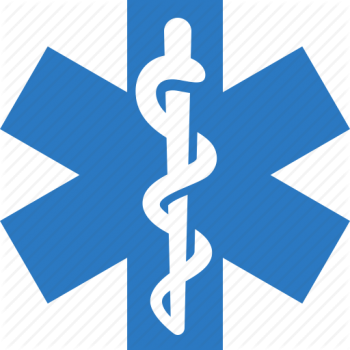Project Details
About the Project
When a sick patient arrives in the emergency room, are medications prescribed effective and cost efficient? Pharmacist Richard Wanbon, ER Physician Jason Wale and their project group wondered if a deeper dive into the peer-reviewed literature would offer up any clear-cut opportunities for standardization of prescribing, particularly in relation to patients receiving opiates and being treated with antiemetics for nausea and vomiting. By comparing current prescribing patterns with available literature recommendations and evidence, the project group identified opportunities for reduction of health care costs, adverse effects and workload inefficiencies.
The project first started by reviewing drug usage reports for high cost medications and the most commonly used medications in an attempt to identify potential opportunities for cost savings with ED physician prescribing patterns. For instance, expensive thrombolytic medications are used less frequently in Victoria due to the Catheter Lab proximity, but are used more commonly up island. These expensive stocked items can be sent to up island as their expiry date nears to ensure they are used rather than wasted by expiration. For commonly-used medications such as antiemetic medications, evidence-based optimization was sought.
After sharing drug usage data with ED physicians, the group decided to review antiemetic usage with a focus on patients receiving opiates in the ED. They first conducted a chart review to explore how frequently these medications are used with particular patients, and then reviewed the literature to assess the current empirical foundation for certain treatment decisions.
After a thorough review, they determined that approximately one half of anti-emetic usage at RJH is for nausea prophylaxis with opiate therapy. They concluded that use of antiemetics in this context are unnecessary and lack evidence for the prevention of opiate-related nausea and vomiting, an insight that they hope will lead to a practice change decision for the ED at RJH. They identified specific subtypes of nausea and vomiting that have evidence for and against certain antiemetic treatment options, and with a further look at current RJH ED prescribing patterns, they also identified a potentially underutilized antiemetic option.
Aside from potential cost savings, other potential benefits of these findings are a potential reduction in adverse effects secondary to ineffective or unnecessary antiemetic use (e.g. delirium in our elderly population) and improved, more efficient patient care (e.g. improving provision of analgesia and IV fluids).
The findings from this study have now been shared with the Emergency Department group, and feedback has been requested about how best to proceed with practice changes. Next steps for this project include a follow-up assessment with ED physicians to determine if these findings have changed prescribing patterns. Jason and Richard are also considering turning their attention to other high-cost and high-usage medications in the ED to continue to improve patient care, workload, and cost savings. For example, can we reduce the utilization of intravenous antibiotics where oral antibiotics are shown to be equally effective?
Speaking about the value of the funding, Richard Wanbon said, “I love how these projects have great potential to improve patient care, identify health care efficiencies and support physicians with their prescribing. Unfortunately, it’s difficult to complete projects of this scope in our normal daily work and so having the funding support to complete this outside of our normal hours has been very helpful and appreciated.” We thank Jason Wale, Richard Wanbon, Fred Voon, Rick Little and Alison Koropatniski for their hard work on this project!

